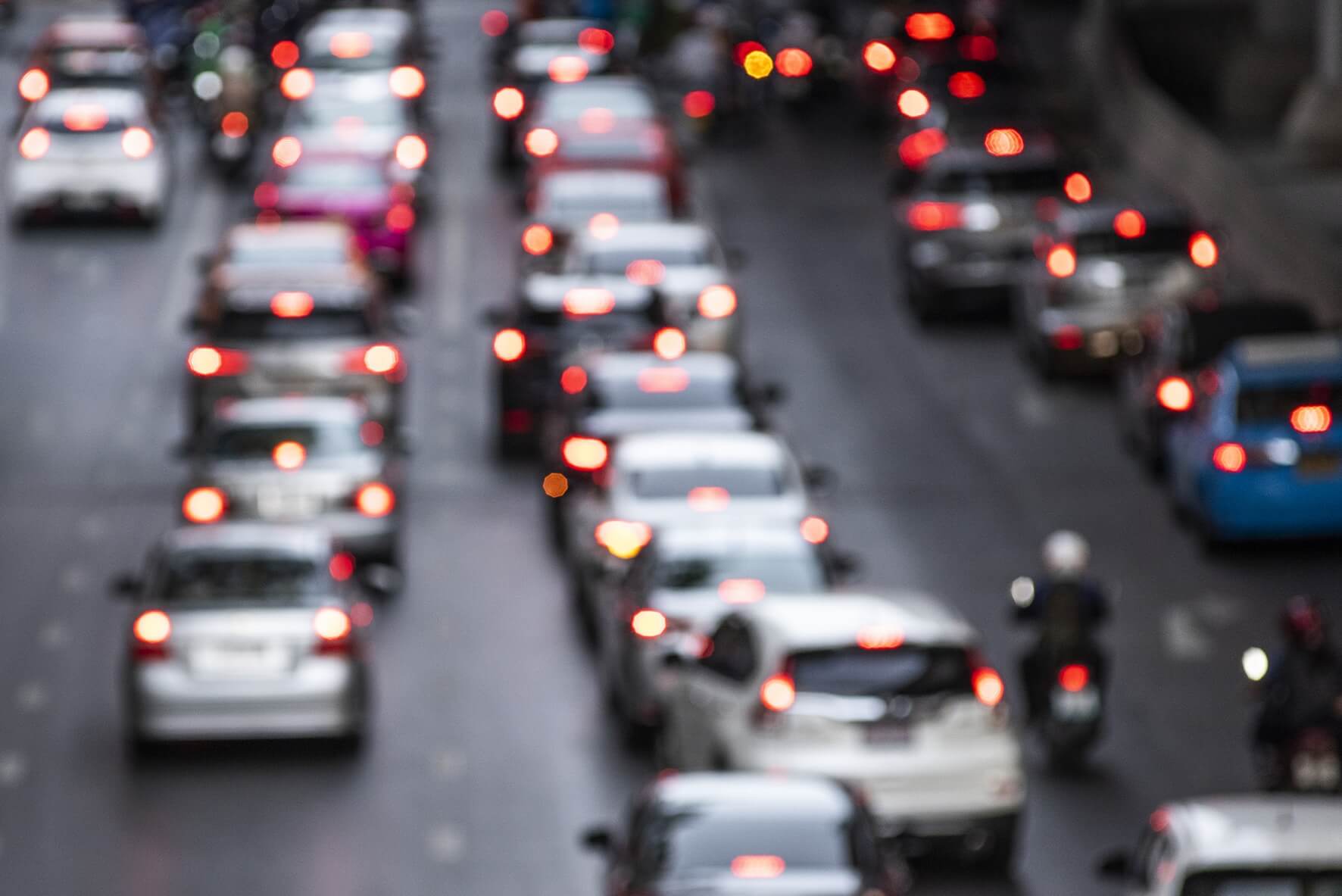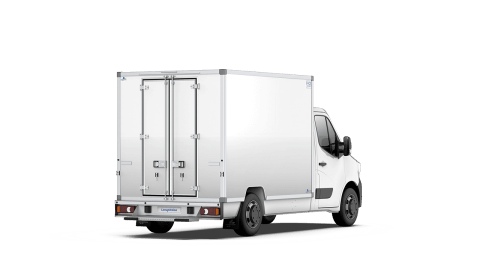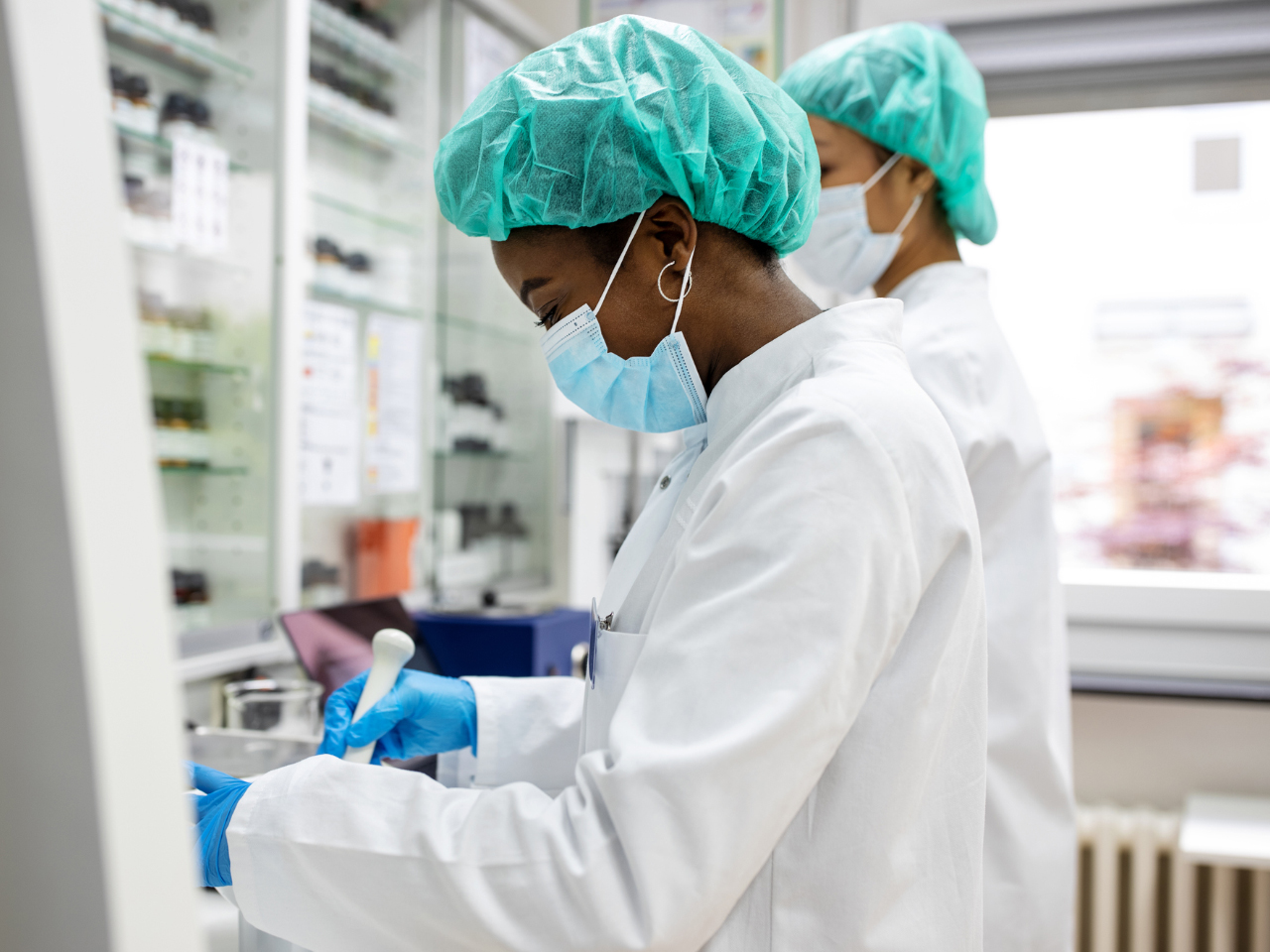
Understanding GSR2: The new safety standards for European vehicles

Although environmental concerns are often at the forefront, safety remains the key issue in the automotive manufacturing industry. To reduce the risk of serious and fatal road accidents, the European Commission introduced the GSR2 regulation (General Safety Regulation 2) in 2022. This marks a major step forward for vehicle safety and efficiency.
Faire de la sécurité des conducteurs une priorité
L’initiative GSR2 s’inscrit dans le cadre de la « Vision Zéro ». La vision zéro est un projet international de sécurité routière ayant pour objectif d’atteindre le zéro décès et blessés graves sur les routes d’ici 2050. Le but est d’éloigner les risques routiers aux lourdes conséquences en mettant place un « système sûr » afin de sécuriser à la fois le véhicule, l’infrastructure et l’homme. Cette norme implique aussi bien les constructeurs que les concepteurs et les aménageurs de véhicules.
Pour ce faire, la norme GSR2 compte fournir des systèmes d'assistance à la conduite afin de protéger les différents usagers de la route. Ces dispositifs de sécurité permettent de réduire considérablement le risque d'accident causé par l'erreur humaine. L'Union Européenne estime qu'une telle réglementation permettrait d'éviter au minimum 25 000 décès sur les routes d'ici 2038.
Les changements associés
Bien que certains soient déjà largement généralisés, voici les différents systèmes de sécurité mis en place par la norme GSR2 :
Freinage d’urgence avancé : surveille la route et alerte le conducteur d’une potentielle collision. En cas d’urgence, le système peut utiliser les freins si le conducteur ne réagit pas.
Facilitation de l’installation d’un éthylomètre antidémarrage : installation d’une interface afin de faciliter le branchement et l’installation d’un éthylomètre pour empêcher le démarrage du véhicule en cas de taux d’alcool supérieur au seuil réglementaire.
Système d’information sur les angles morts : système de surveillance du conducteur, qui vient l’alerter si les capteurs de proximité détectent des cyclistes ou des piétons.
Avertissement de perte d’attention et de somnolence du conducteur : détecte le degré de fatigue du conducteur et lui suggère de faire une pause si besoin.
Système automatisé de maintien de trajectoire : permet d’aider le conducteur à maintenir une position sûre à l’intérieur de la voie, réduisant alors le risque de sortie de voie pouvant entrainer une collision.
Signal d’arrêt d’urgence : lorsqu’une forte pression est exercée sur les freins, les feux de détresse s’activent automatiquement afin d’alerter les usagers qui arrivent derrière le véhicule (fonctionne au-dessus de 50km/h).
Enregistreur de données d’évènements : stock et enregistre les données sur le véhicule avant, pendant et immédiatement après un accident de la route (données anonymisées et exclusivement utilisées pour les besoins de l’étude et de l’analyse des accidents).
Adaptation intelligente de la vitesse : aide le conducteur à maintenir la vitesse appropriée à l’environnement routier.
Système de détection au démarrage : un capteur de proximité détectant si quelqu’un se situe dans la zone critique de l’angle mort lorsque le véhicule est à faible vitesse.
Système de détection en marche arrière : permet de surveiller l’arrière du véhicule pour éviter les collisions en marché arrière.
Système de surveillance de la pression des pneumatiques : il alerte le conducteur en cas de pression inadéquate, réduisant les risques liés à des pneus défectueux.
De nouveaux défis pour la construction automobile
La norme GSR2 est la réponse de l’industrie automobile à l’évolution rapide des technologies de pointe et aux demandes croissantes des consommateurs pour des véhicules plus sûrs et plus intelligents.
Pour autant, cette réglementation vient soulever des enjeux économiques tant bien pour les constructeurs que pour les clients. Les nouveaux équipements engendrent une augmentation des coûts de production, augmentant par conséquent les prix de vente.
Les constructeurs automobiles vont devoir investir dans la recherche et le développement pour être en capacité d’intégrer ces nouvelles technologies de sécurité à leurs modèles. L’avenir de plusieurs modèles va dépendre de leur capacité de s’adapter à ces nouvelles exigences.
Il s’agit bel et bien d’un palier important au niveau européen en termes d’amélioration de la sécurité routière, qui, par la même occasion apporte de nouveaux défis pour l’industrie automobile française.
Et du côté des carrossiers
Chez Lecapitaine, nous mettons tout en œuvre pour respecter la norme GSR2 en adaptant nos carrosseries et nos options aux différentes réglementations mises en place. Pour cela, nous travaillons avec les constructeurs afin de proposer des solutions adaptées à ces nouvelles normes.
C’est notamment le cas pour la détection de présence dans les angles morts du véhicule, pour laquelle nous posons systématiquement la caméra de recul du constructeur pour les VUL et les porteurs afin d’être en accord avec les homologations du constructeur.
Si l'emplacement de ces dispositifs de sécurité est réglementé, nous proposons également des solutions complémentaires (comme une caméra additionnelle ou le radar de recul), nous permettant ainsi d'adapter nos véhicules aussi bien à la norme GSR2 qu'aux besoins de nos clients.













